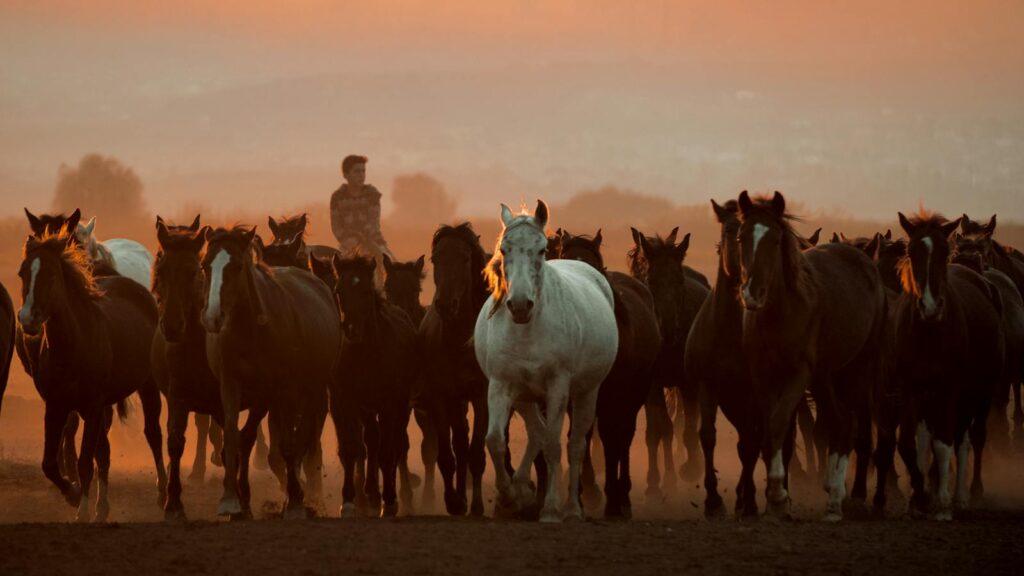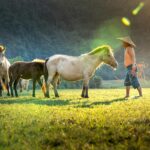Developing a comprehensive training plan for your horse isn’t just about weekend riding sessions or preparing for the next show—it’s about creating a roadmap for years of progressive development, mutual trust, and accomplishment. A well-structured long-term training plan considers your horse’s physical and mental development, your goals as a rider, and the natural learning process that creates reliable performance. Whether you’re working with a young horse just starting under saddle or refining an experienced equine partner’s skills, the systematic approach of a long-term training plan will help you avoid common pitfalls, prevent training plateaus, and maintain your horse’s enthusiasm for work. This article outlines the essential components of creating and implementing a successful long-term training strategy that will benefit both you and your equine partner for years to come.
Understanding Your Horse’s Individual Timeline
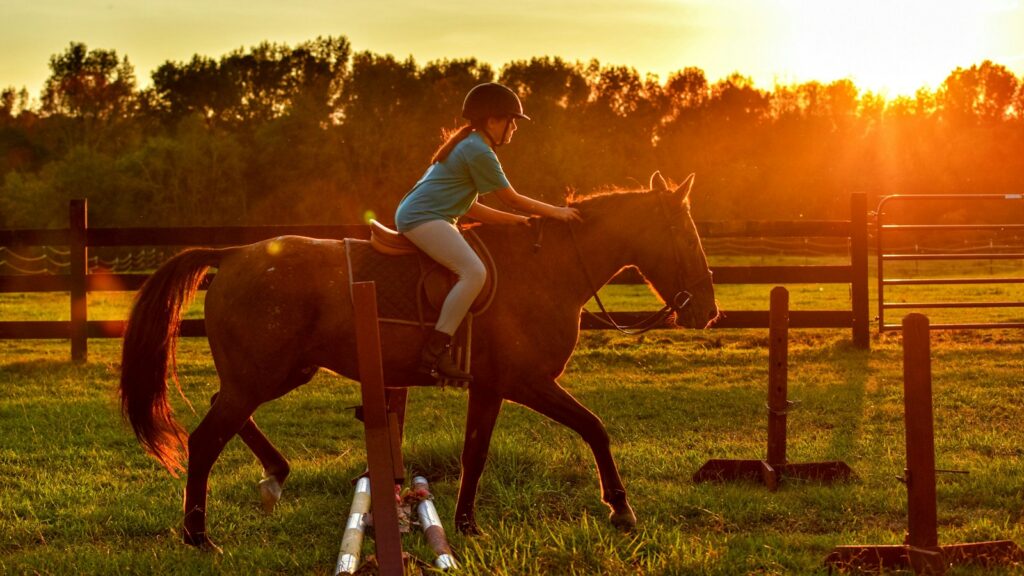
Every horse develops physically and mentally according to its own unique timeline, influenced by factors including breed, conformation, past experiences, and temperament. A Thoroughbred off the track at age four will have different needs than a draft cross that’s never been handled, or a mature school horse transitioning to a new discipline. Before plotting specific training milestones, take time to honestly assess where your horse currently stands in terms of physical development, previous training, and mental readiness. Consider consulting with an experienced trainer who can help identify your horse’s natural strengths and challenges, which will shape realistic expectations about progress. Remember that pushing too fast through developmental stages can create physical or behavioral problems that may take years to resolve, while respecting your horse’s individual timeline builds confidence and prevents setbacks.
Setting Meaningful Long-Term Goals
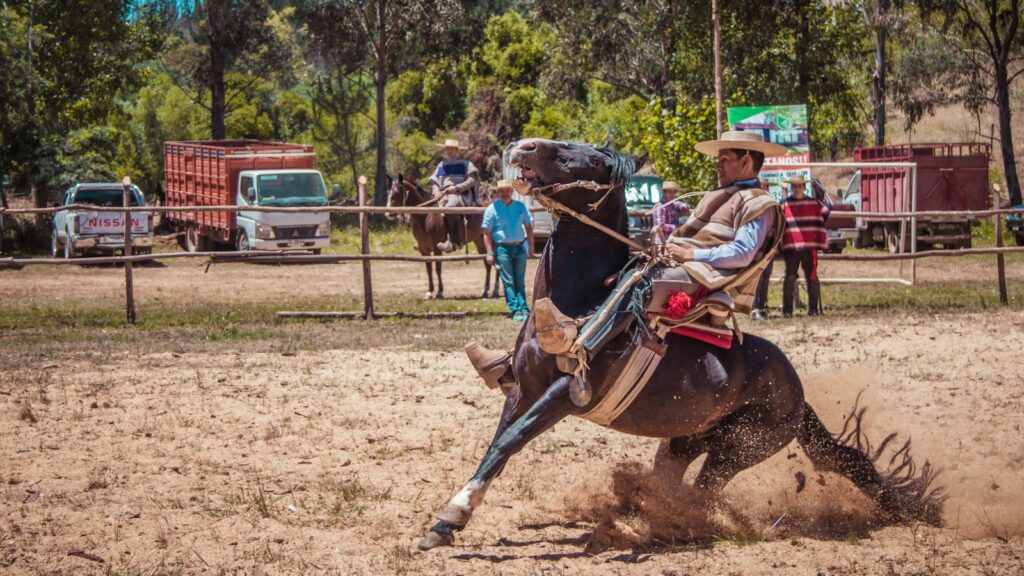
Effective training plans are built around clear, achievable goals that provide direction without creating unnecessary pressure. Rather than focusing solely on competition objectives, consider what you want your horse to become over the next three to five years in terms of reliability, skill level, and partnership quality. A well-rounded goal might include specifics about discipline mastery, such as “develop consistent collection at all three gaits” alongside behavioral goals like “build confidence during trail rides in varied environments.” Document these long-term aspirations in writing, being as specific as possible about what success looks like while remaining flexible enough to adapt as you learn more about your horse’s aptitudes. Revisit these goals periodically—perhaps quarterly or semi-annually—to ensure they still align with both your horse’s development and your own evolving interests and capabilities.
Breaking Down Training into Progressive Phases
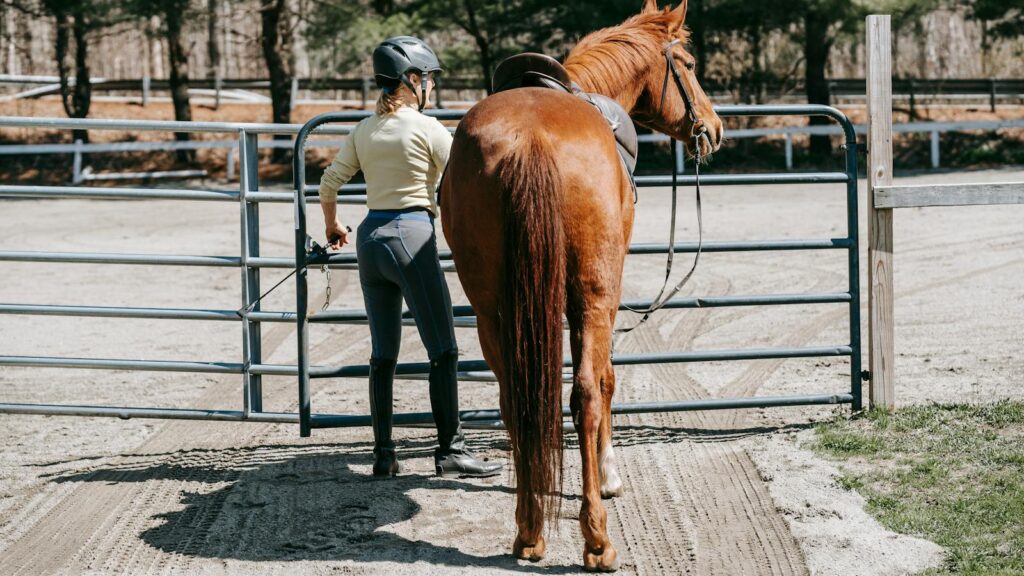
The most successful training programs divide long-term development into distinct phases with clear objectives for each stage. Consider structuring your plan around fundamental building blocks: perhaps beginning with groundwork and respect establishment, moving to basic riding communication and confidence, then advancing to discipline-specific skills, and finally to refinement and mastery. Each phase should build logically on the skills mastered in previous stages, creating a foundation that supports more advanced work without gaps in understanding. For example, before asking for lateral movements under saddle, ensure your horse thoroughly understands directional cues from the ground and has developed the necessary balance and muscling. Document what constitutes “mastery” of each phase with specific, observable criteria so you’ll know when you’re truly ready to progress to the next level of training.
Creating a Balanced Weekly Schedule

The day-to-day implementation of your training plan requires thoughtful scheduling that balances intensity, variety, and adequate rest periods. Most horses benefit from a weekly schedule that includes 5-6 days of activity with at least one complete rest day, though this varies based on age, fitness level, and training intensity. Rather than drilling the same exercises daily, create a varied schedule that might include a focused flatwork session one day, followed by a more relaxed trail ride or groundwork session the next, incorporating specific skill development, general conditioning, and mental enrichment throughout the week. Pay particular attention to avoiding physical repetition that could create strain or soreness, especially with young horses or when introducing challenging new movements. Remember that mental fatigue often occurs before physical fatigue in horses, so scheduling shorter, more focused sessions may yield better results than lengthy drilling.
Incorporating Proper Physical Development
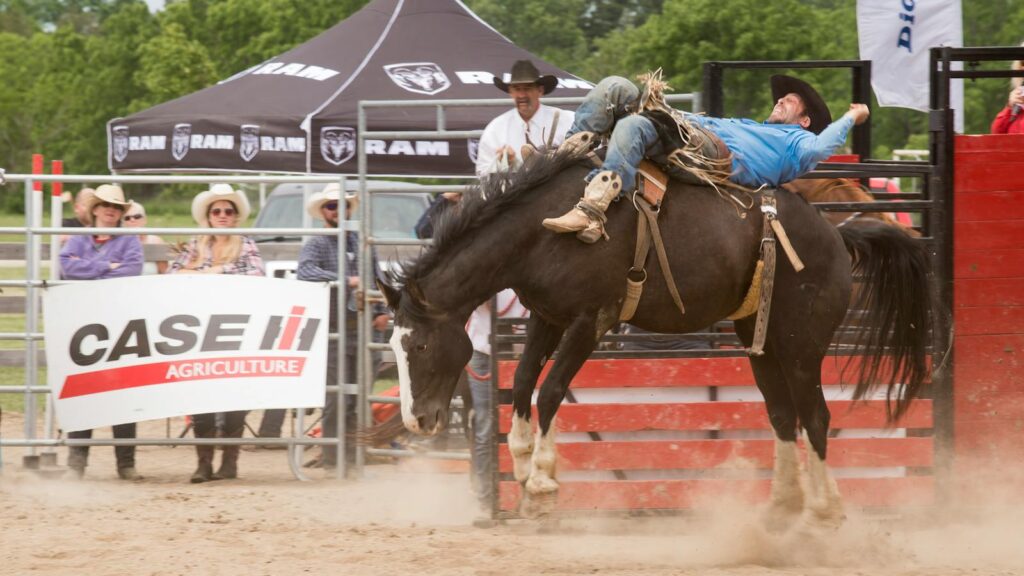
A sound long-term training plan must prioritize your horse’s physical development, building the necessary strength, flexibility, and cardiovascular fitness to support the work you’re asking them to perform. Young horses typically need 1-2 years of foundational conditioning work before engaging in demanding collection or specialized movements, while even mature horses require progressive fitness building when starting new disciplines. Consider working with an equine physiotherapist or knowledgeable trainer to develop appropriate conditioning exercises specific to your discipline’s demands, such as hill work for building hindquarter strength or pole exercises for improving proprioception and coordination. Pay close attention to developing balanced muscling on both sides of your horse’s body, being mindful that most horses (like humans) naturally favor one side. Include regular assessment points in your training plan to evaluate physical development, which might include taking conformation photos, measuring topline development, or having professional assessments of movement quality.
Building Mental Confidence and Resilience
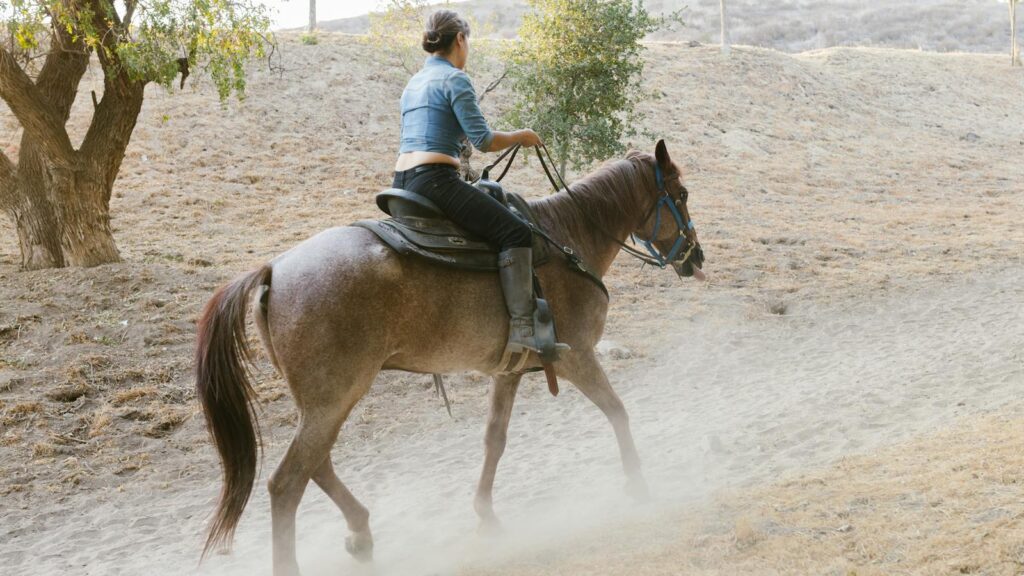
A horse’s mental development is just as crucial as physical training in creating a reliable, confident partner for the long term. Your training plan should deliberately incorporate experiences that build your horse’s emotional resilience, problem-solving abilities, and confidence in new situations. Start with small challenges in controlled environments—perhaps introducing unfamiliar objects in your home arena—before progressively exposing your horse to more complex scenarios like group riding environments or trail obstacles. Be particularly mindful of creating positive associations during these experiences, offering consistent rewards and maintaining your own calm leadership throughout challenging moments. Include specific confidence-building objectives in each phase of your training plan, such as “comfortable working independently away from other horses” or “maintains focus in busy show environment.” Remember that mental confidence doesn’t always develop linearly; expect occasional setbacks, particularly during growth phases or after significant changes in routine.
Documenting Progress and Adjusting Your Approach
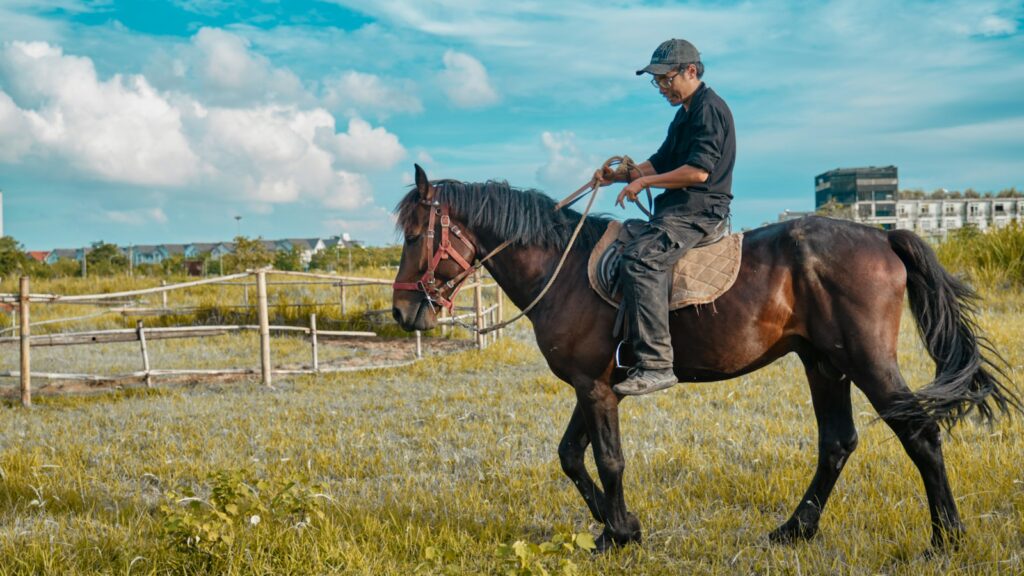
Maintaining detailed records of your training journey provides invaluable insights that help you recognize patterns, celebrate progress, and make informed adjustments to your approach. Create a system for logging each training session, noting specific exercises attempted, your horse’s response, and any challenges encountered or breakthroughs achieved. Video documentation is particularly valuable, allowing you to observe subtle changes in movement quality, responsiveness, and attitude that might not be apparent while riding. Set regular assessment points—perhaps monthly or quarterly—where you formally evaluate progress against your phase objectives, honestly noting areas of improvement and those needing continued focus. Be prepared to adjust your timeline or approach based on these evaluations, recognizing that flexibility is a strength rather than a failure of planning. Remember that plateaus and temporary regressions are normal parts of the learning process for horses; sometimes taking a step back to reinforce fundamentals is the most effective way to overcome these challenges.
Selecting and Sequencing Training Exercises
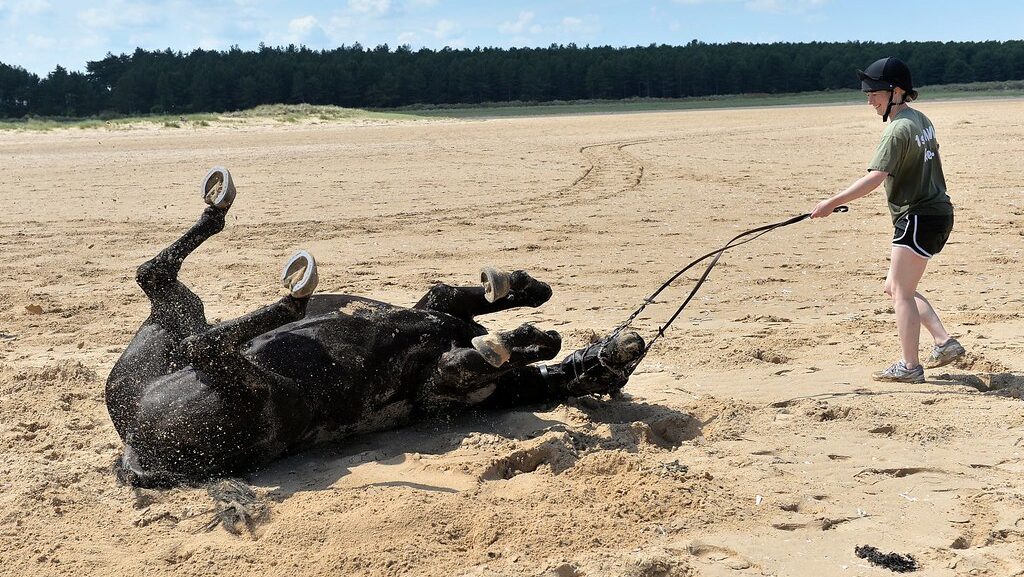
The specific exercises you include in your training program should follow a logical progression that develops your horse’s understanding and physical capabilities without creating confusion or resistance. Begin by mapping out the fundamental skills required for your discipline, then arrange these in order of complexity, ensuring each new skill builds upon previously established concepts. For dressage training, this might mean thoroughly establishing forward movement and straight lines before introducing bend, then developing bend before attempting lateral work. Within each training session, sequence exercises to include a proper warm-up phase, a skill-building phase that introduces or refines specific movements, and a confidence-building conclusion that ends on a positive note. Be particularly mindful of balancing exercises that challenge your horse with those that build confidence; for example, following a demanding collection exercise with a relaxed stretching movement that rewards the effort. Design each session with your horse’s current mental and physical state in mind, being willing to adjust your plan if your horse arrives particularly fresh, tired, or distracted.
Incorporating Cross-Training Benefits
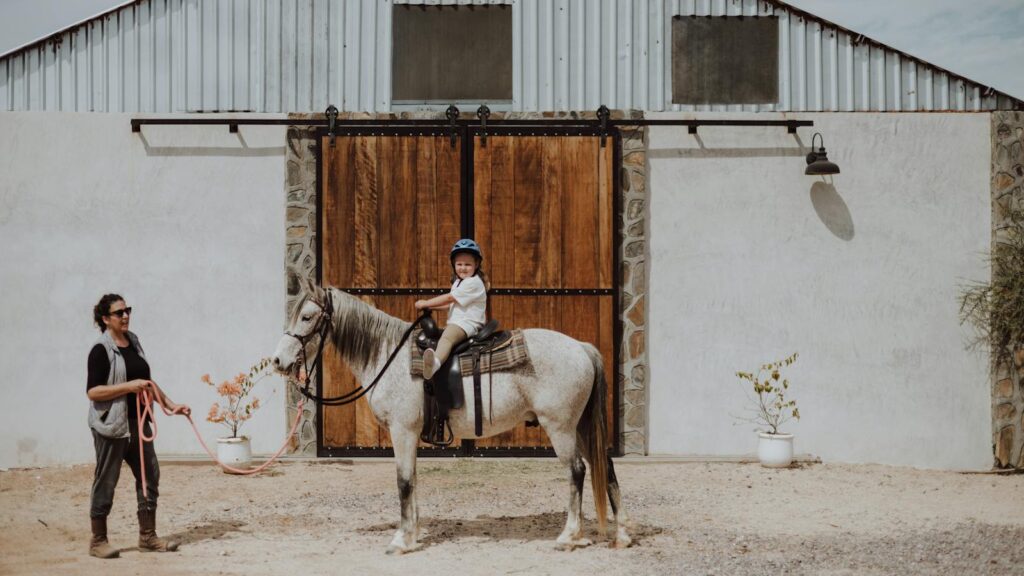
Regardless of your primary discipline, incorporating diverse training activities creates a more balanced, engaged, and physically sound horse for the long term. Consider how activities outside your main focus can develop complementary skills: dressage builds the balance and precision beneficial for jumping horses, trail riding develops confidence valuable for arena work, and groundwork enhances respectful communication that transfers to all mounted activities. Schedule regular sessions that deliberately take your horse outside their primary discipline, perhaps dedicating one day weekly to an entirely different type of work. Pay attention to how these varied activities impact your horse’s attitude and performance in their primary discipline, often revealing insights about their learning preferences or physical challenges. Cross-training is particularly valuable during plateau periods or when addressing specific behavioral challenges, as it frequently creates breakthrough moments when returning to your main discipline. Remember that mental variety is just as important as physical variety for keeping your horse engaged in the training process over many years.
Planning for Systematic Desensitization

A comprehensive training plan should include deliberate exposure to potentially frightening stimuli in a controlled, progressive manner that builds your horse’s confidence rather than overwhelming them. Begin by identifying the specific challenges relevant to your discipline and environment—perhaps traffic exposure for trail horses, flapping flags for parade horses, or loudspeaker systems for show horses. Develop a methodical approach to introducing these elements, starting with the least intimidating version (perhaps a recording of crowd noise at low volume) and incrementally increasing intensity as your horse demonstrates comfort. Incorporate these desensitization sessions regularly throughout your training plan rather than cramming them in before specific events. Use positive reinforcement consistently during these sessions, helping your horse form associations between potentially frightening stimuli and positive outcomes. Remember that generalization is a sophisticated cognitive skill for horses; exposure to plastic bags in the arena doesn’t automatically transfer to confidence with plastic bags encountered on the trail, so plan for varied contexts in your desensitization work.
Navigating Training Plateaus and Setbacks
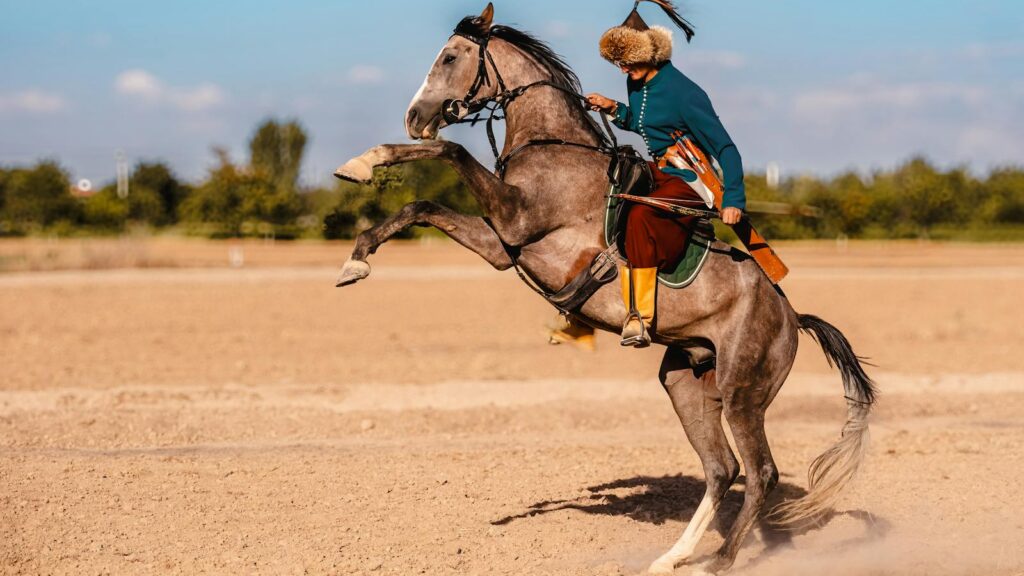
Every comprehensive training journey involves periods where progress seems stalled or even regresses, making planned strategies for these challenges essential to your long-term success. Rather than viewing plateaus as failures, recognize them as natural consolidation phases where your horse is internally processing learning before demonstrating visible progress. When facing a persistent plateau, analyze potential contributing factors including physical limitations (such as developing strength for collected work), confusion about aids, or environmental distractions affecting focus. Consider temporarily simplifying your work, returning to previously mastered exercises to rebuild confidence before approaching the challenging concept from a different angle. For significant setbacks, particularly those involving fear responses or resistance, be willing to substantially revise your timeline, recognizing that rushing through these phases typically creates larger problems later. Include specific contingency plans in your training document for common challenges in your discipline, perhaps noting alternative approaches or exercises that have helped navigate difficult concepts in the past.
Integrating Professional Support Effectively
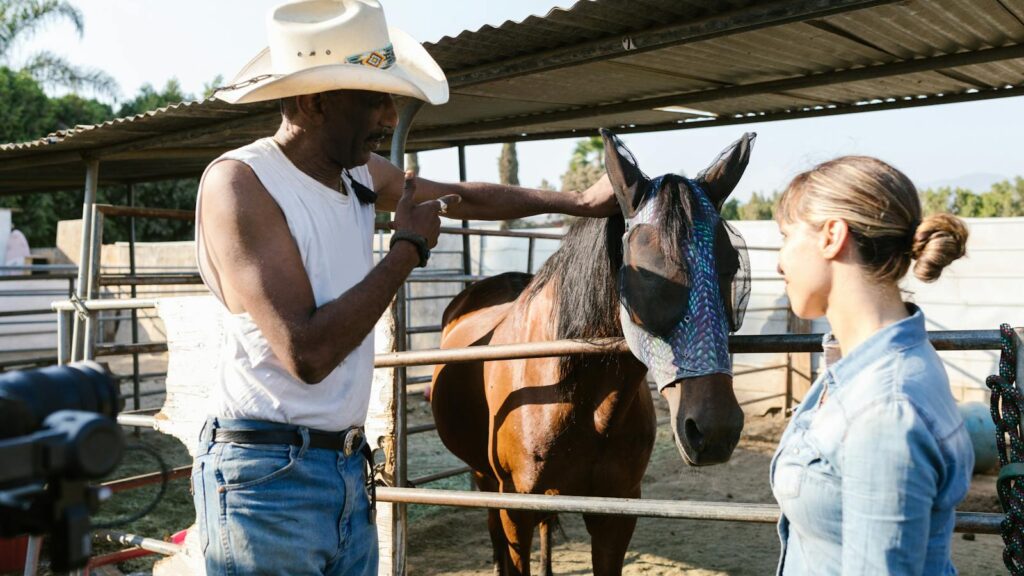
Even the most experienced horse owners benefit from professional guidance at strategic points in their training journey, making planned integration of these resources an important aspect of your long-term approach. Consider scheduling regular sessions with a trusted trainer who understands your goals, perhaps with more frequent support during challenging phases and maintenance check-ins during periods of steady progress. Complement training support with planned visits from equine healthcare professionals, including your veterinarian, dentist, and bodyworker, who can identify physical issues affecting training before they become significant problems. When introducing new skills or addressing persistent challenges, consider scheduling a series of professional lessons clustered together rather than widely spaced sessions, creating momentum and consistent feedback during critical learning phases. Develop a communication system that helps professionals understand your long-term goals and training history, perhaps maintaining a shareable document summarizing your horse’s background, current focuses, and challenges that provides context for their recommendations.
Balancing Competitive Goals with Overall Development
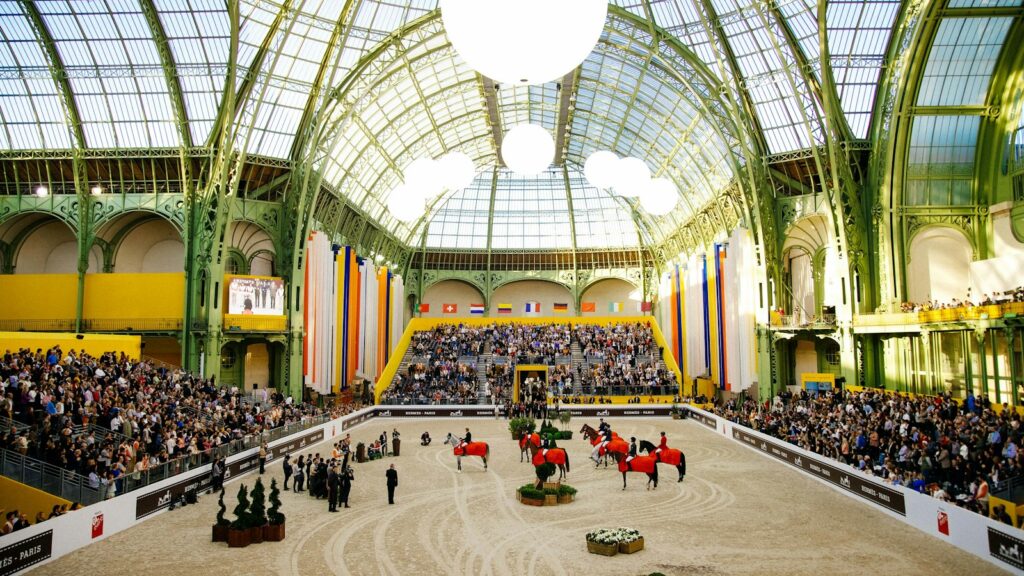
For those pursuing competitive objectives, thoughtfully integrating shows or events into your training plan requires careful consideration of timing, preparation, and recovery. Rather than allowing competition schedules to dictate your entire training approach, select events that align with your horse’s current development phase, using lower-pressure environments to build experience before attempting more challenging venues. Plan preparation phases before competitions that gradually simulate event conditions without creating excess pressure, perhaps incorporating practice tests, exposure to typical environment elements, and transportation rehearsals. Be particularly mindful of the recovery period following competitions, allowing both physical and mental decompression before resuming progressive training, especially after demanding or multi-day events. Consider designating certain competitions as “training experiences” where the goal is educational exposure rather than competitive success, removing performance pressure and focusing on specific process objectives like “maintain relaxation in the warm-up area” instead of placement results.
Adapting Your Plan Through Life Stages
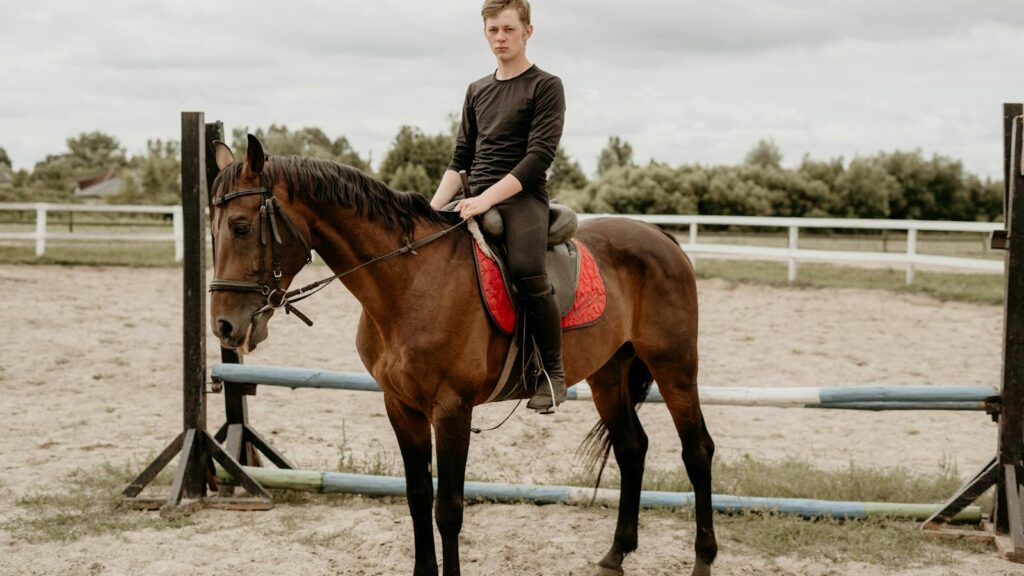
A truly long-term training approach acknowledges that both horses and humans pass through different life stages that necessitate evolving goals and methods. Young horses generally benefit from varied, playful training with an emphasis on foundational skills and confidence-building, while mature horses can handle more focused, disciplined work targeting specific skills. As horses enter their senior years, training plans should adapt to accommodate changing physical capabilities, perhaps shifting from high-impact jumping to dressage work that maintains flexibility and engagement. Similarly, your own life circumstances—whether family responsibilities, career demands, or physical limitations—will influence realistic training commitments and goals throughout your partnership. Build periodic reassessment points into your long-term plan specifically designed to evaluate whether current approaches remain appropriate for both your horse’s life stage and your own situation. Remember that flexibility in adapting your goals doesn’t represent failure but rather wisdom in maintaining a sustainable partnership that continues to bring fulfillment to both horse and human.
conclusion
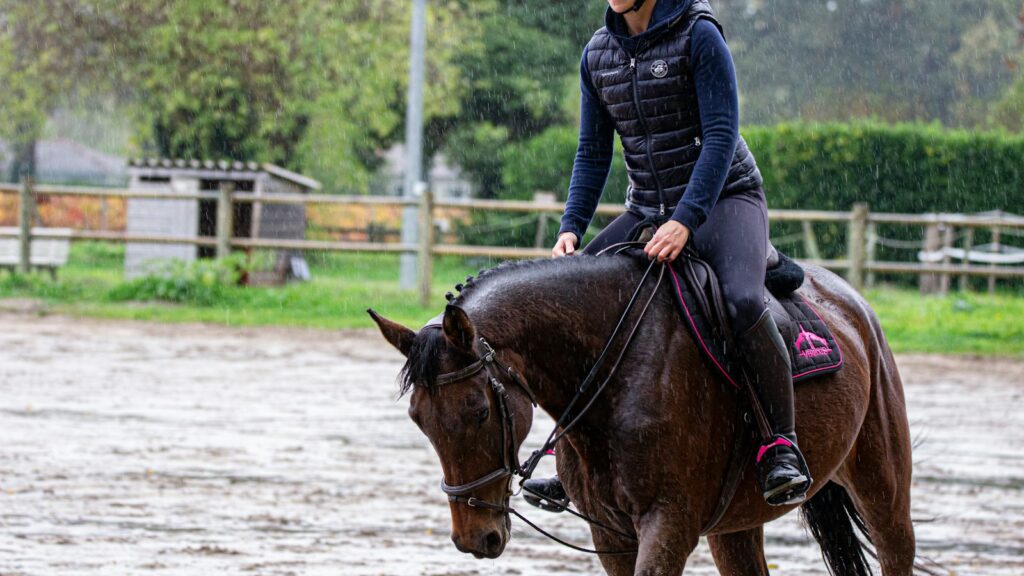
Building a long-term training plan for your horse represents an investment in a journey that will likely span years or even decades of partnership. While the process requires thoughtful planning, consistent documentation, and regular reassessment, the rewards extend far beyond competitive achievements or mastery of specific skills. A well-designed training approach creates a horse that understands its work, engages willingly with challenges, and maintains physical and mental soundness throughout its career. Perhaps most importantly, it establishes a relationship built on clear communication, mutual trust, and progressive development that deepens with each passing year. By approaching training as a methodical, individualized process rather than a series of disconnected sessions, you create the foundation for a truly exceptional horse-human partnership that will continue to evolve and reward both parties for years to come.

